This is the newsletter version of Sara by the Season, where I explore what is piquing my curiosity as I try to lean into nature’s wisdom and rhythms. You can listen to me read you the newsletter by hitting play above - or you can click the little link above and to the right to play in your favorite podcast player.
If you know someone who would like this sort of thing, I’d be so grateful if you would share it.
Grant and Jasper have gotten way into mountain biking in the past few years. The late winter/early spring season is known as mud season for mountain bikers in our neck of the woods. While the weather might be nice, the freeze thaw cycle coupled with the frequent spring rains mean that the trails aren’t conducive to riding without really messing up the trails for everybody1.
I’ve been thinking of mud season as this weird transitional season between winter and spring too and calling it “both/and season.” The weather is getting nicer, and the mornings are still quite chilly. Everything is beginning to bud, and you often have to get muddy if you want to go out and enjoy it. The spring storms and rains make for dreary days, and the more it rains, the more vibrant the greening of spring is.
Mud season is an invitation every year to relearn that most of life is both/and versus either/or, even though our culture continually tries to keep us stuck in dualistic patterns. Lately, I’ve been reading about metamodernism (as one does), and one of its central tenets is the necessity of both/and thinking. After reading and listening to a decent amount of stuff on what metamodernism even is, I think
has the most accessible explanation I’ve found yet.In this post, he writes:
Thinking both-and is not necessarily about compromise. It’s embracing the paradox, and recognizing that in a world of grey, both polar extremes have validity. It opens the door of perspective in order to synthesize the best elements from each pole to formulate new opinions.
More than anyone, I need to heed mud season’s invitation to embrace the paradox and to open the door of my own perspective that Alex writes about (especially during this election year). I wrestle with speaking up for what I feel is right (I’ve done it plenty right here in front of all of you), and acknowledging that there are always more perspectives to the story than I can adequately grasp. What has been helpful about going down the rabbit hole of metamodernism as a theory is that this struggle isn’t unique to me - metamodermism says that this wrestling is the natural evolution that we’re culturally undergoing as post-modernity reacted to modernity. Hopefully, we will keep evolving into what is next, which many have labeled metamodernism2.
I regularly tell my yin students (and myself) that a beautiful aspect of practicing yin throughout the year is that, because it is so modeled on what is going on in nature, you are invited to sit with various emotions based on the season of the year3. This, of course, is true for living seasonally more generally. If we stretch mud season beyond mountain biking, mud season is an opportunity to open our gazes beyond our typical tendencies, assumptions, and prejudices. The devil on my shoulder, in response to that previous sentence, is saying, “but we aren’t the ones that need to be questioning our beliefs!” That kind of black-and-white thinking is not only what we often criticize in the other side, but it is also what has us stuck in cycles of blame, shame, and being paralyzed or too distracted to demand better. It’s like we’re collectively stuck in the mud.
If metamodernism has some truth to it, the way out of the mud is not by moving farther into either/or territory. It is instead by embracing the both/and that characterizes so much of life. It is by looking to what we have in common instead of prepping our next argument.
Pastor Ben Beasley writes in his church’s blog4, “This ‘thing’ [metamodernism] is not just a back and forth between these two eras…the oscillation requires something new simply because there’s a dialogue of the two with each other and not a simple one-way, singular rejection of postmodernism to modernism. Something new is formed, and whatever this new movement is, it transcends beyond what we have known thus far.”

Beasley’s words reminded me of Tyson Yunkaporta’s Sand Talk, which I’ve written about often here. Toward the end of the book, Yunkaporta talks about ngak lokath, an indigenous word for the brackish water that collects during the wet season when the fresh water from the rivers mixes with the salt water along the coast. Ngak lokath sounds like an aboriginal version of mud season, and Yunkaporta describes it as
a phenomenon of dynamic interaction occurring when opposite forces meet in an act of new creation. It is a principle that guides the interactions of different groups and interests in society, a reflection of the natural processes of organizing systems. Changes and transformations occur this way. Dynamic systems of culture, even languages, evolve over time through these interactions.
Think how differently our world would look if we, like Yunkaporta’s people, used ngak lokath as one of our guiding values for interacting with new or different people or ideas. If the cultural theorists are right that we’re at the beginning of a new age of human development, humanity’s challenge is to include the wisdom from previous phases instead of just rejecting or deconstructing what came before, as much of - at least Western - humanity has been inclined to do thus far.
writes optimistically about what is necessary moving forward, “Our future depends on us being able to have nuanced conflict, uncomfortable conversations, common ground alongside divergent values, and above all, holding each other’s humanity—and our own—sacred.”Mud season invites us to get more comfortable with the kind of work Holly says our future will demand: to mix the waters, to embrace our similarities while celebrating diversity, to imagine new ways forward while including the wisdom of the past. Mud season, too, is an invitation to go down - to where the mud is. So much of what we learn and culturally put on a pedestal is about going up. Perhaps mud season is asking us to consider that we’ve had enough of going up, that a new time is being ushered in, that this is a time for going down, for getting closer to the earth and her wisdom, for embracing all of creation as sacred.
Scattering Seeds
I’m always finding stuff that supports the thesis of the book I’m writing on the benefits of leaning into nature’s wisdom, so I thought I could start sharing those links and things here with all of you in hopes of some of the seeds I share germinating into something beautiful at your place.
Meta-modernism further study. If you want to dig in further, aside from the stuff linked to above, I first heard of metamodernism by listening to the Me-We-Everybody series on Rob Bell’s podcast, which at the time I didn’t love, but as time has gone by, I find myself returning to it often. I liked this article for its cultural examples,
has some reading recs here, not many of which I’ve gotten to yet. I also think moving from the drama triangle to the empowerment one has to be in play in this conversation, but I haven’t totally figured I really enjoyed this conversation with Holly on ’s podcast (and I’m desperate for, as Holly said, some more feminist perspectives on this shift, so send them my way if you find them!).Anger season is here. As I mentioned above, living seasonally invites us to keep spiraling around things that we need to learn anew or again - each season is an invitation to go deeper into awareness. Spring is anger season, so what do you need to rage about that you haven’t? I like to rage dance to this playlist or this one if you need some help.
Wild wisdom. I try to post something on Wednesdays from indigenous authors because of the depth I learned from a long practice of posting Wendell Berry quotes for over a decade. I posted this awhile ago from Linda Hogan, and I think it is an important layer to add to all of the heady talk above: “I've found, too, that the ancient intellectual traditions are not merely about belief, as some would say. Belief is not a strong enough word. They are more than that: They are part of lived experience, the on-going experience of people rooted in centuries-old knowledge that is held deep and strong, knowledge about the natural laws of Earth, from the beginning of creation, and the magnificent terrestrial intelligence still at work, an intelligence now newly called ecology by the Western science that tells us what our oldest tribal stories maintain--the human animal is a relatively new creation here; animal and plant presences were here before us; and we are truly the younger sisters and brothers of the other animal species, not quite as well developed as we thought we were. It is through our relationships with animals and plants that we maintain a way of living, a cultural ethics shaped from an ancient understanding of the world, and this is remembered in stories that are the deepest reflections of our shared lives on Earth.”
Here’s to mud season!
Sara
Grant went to ride last week, loaded up his car and gear, drove 30 minutes to the trail, got on the trail for about ten feet, realized it was too wet, and came home. The mountain bikers (most of them obviously - there is always the asshole in any situation) have created this positive peer pressure system in which riders will forgo their fun for the sake of the longer term enjoyment of the trails by the community. I love this and think we could and should learn from the mountain biking community about how interconnected we all are.
If you’re into spiral dynamics at all, you’ll recognize that post-modernism correlates with the color green, and metamodernism is associated with the teal stage. Details here.
Ya’ll! I was surprised as you are, and if the fact that some pastor in Kansas City is writing favorably and articulately on his church’s blog about this stuff doesn’t go a ways to prove metamodernity is already here, I don’t what does.




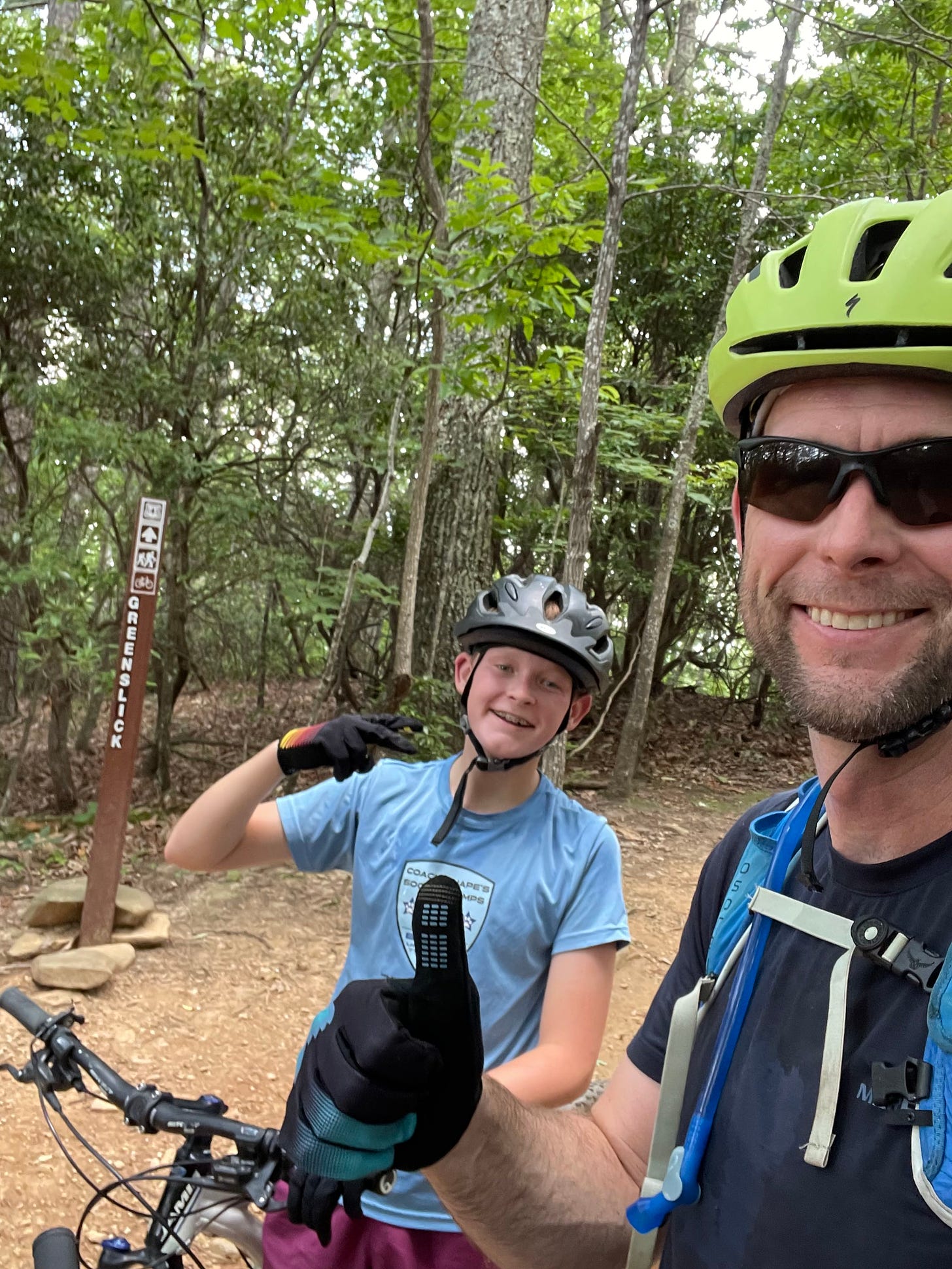



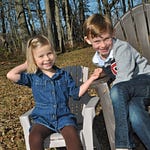
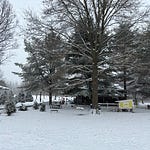
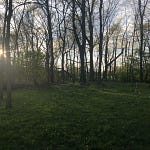
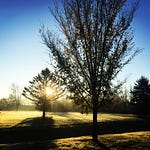
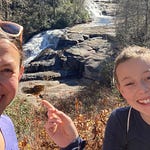
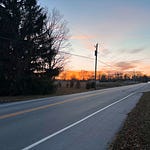
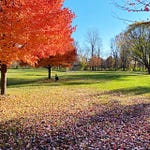
mud season